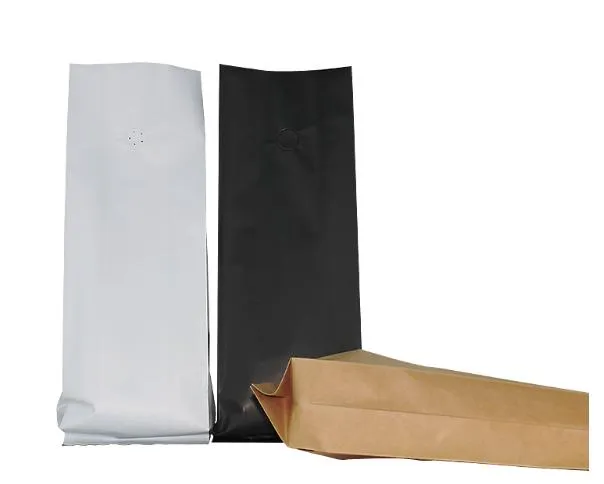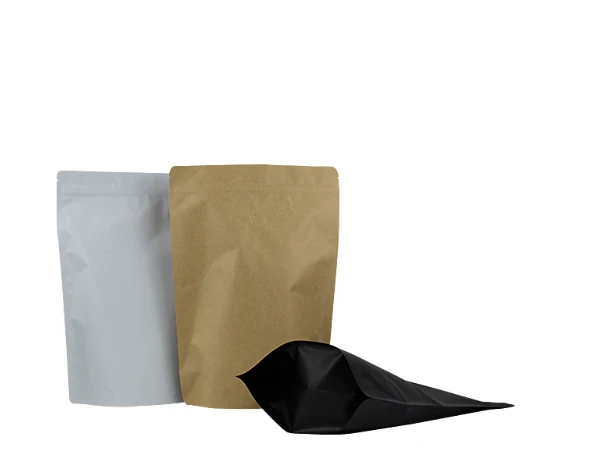Email: enid@bc-pak.com
Tel: 86-757- 88811186
- Afrikaans
- Albanian
- Amharic
- Arabic
- Armenian
- Azerbaijani
- Basque
- Belarusian
- Bengali
- Bosnian
- Bulgarian
- Catalan
- Cebuano
- chinese_simplified
- chinese_traditional
- Corsican
- Croatian
- Czech
- Danish
- Dutch
- English
- Esperanto
- Estonian
- Finnish
- French
- Frisian
- Galician
- Georgian
- German
- Greek
- Gujarati
- haitian_creole
- hausa
- hawaiian
- Hebrew
- Hindi
- Miao
- Hungarian
- Icelandic
- igbo
- Indonesian
- irish
- Italian
- Japanese
- Javanese
- Kannada
- kazakh
- Khmer
- Rwandese
- Korean
- Kurdish
- Kyrgyz
- Lao
- Latin
- Latvian
- Lithuanian
- Luxembourgish
- Macedonian
- Malgashi
- Malay
- Malayalam
- Maltese
- Maori
- Marathi
- Mongolian
- Myanmar
- Nepali
- Norwegian
- Norwegian
- Occitan
- Pashto
- Persian
- Polish
- Portuguese
- Punjabi
- Romanian
- Russian
- Samoan
- scottish-gaelic
- Serbian
- Sesotho
- Shona
- Sindhi
- Sinhala
- Slovak
- Slovenian
- Somali
- Spanish
- Sundanese
- Swahili
- Swedish
- Tagalog
- Tajik
- Tamil
- Tatar
- Telugu
- Thai
- Turkish
- Turkmen
- Ukrainian
- Urdu
- Uighur
- Uzbek
- Vietnamese
- Welsh
- Bantu
- Yiddish
- Yoruba
- Zulu
types of plastic bags
Views :
Update time : Feb . 20, 2025 02:52
Plastic bags are an integral part of everyday life, fulfilling needs from carrying groceries and packaging food to fulfilling specialized roles in industrial and medical settings. Understanding the different types of plastic bags can empower consumers to make more informed choices and businesses to select the right solution for their packaging needs. This comprehensive overview explores a range of bag types, each serving a specific purpose with distinct advantages and considerations.
Compostable bags take the concept of biodegradation further by ensuring that the material converts completely into organic matter under composting conditions. Made from renewable resources such as cornstarch or other plant-based materials, they offer a genuinely sustainable alternative. Despite their promise, compostable bags require specific disposal methods to achieve full degradation, namely in industrial composting facilities, which are not universally available. Specialty bags also fulfill niche needs, such as anti-static bags used for protecting electronic components from electrostatic discharge, or vacuum bags that extend food shelf life through air removal. Medical-grade bags, sterilized to ensure hygiene, illustrate how plastic bags reach into specialized arenas beyond everyday consumer use. Each type of plastic bag has its benefits and drawbacks, intricately linked to its constituent materials, manufacturing process, and post-use lifecycle. While versatility and convenience have led to their global proliferation, the environmental impact remains a significant concern prompting industry-wide innovation towards more sustainable options. Understanding these different bag types allows consumers to make ethically and environmentally conscious choices, balancing needs such as convenience, cost, and sustainability. For businesses, selecting the appropriate type of plastic bag aligns operational capabilities with brand values, potentially influencing consumer perception and regulatory compliance. Innovation in plastic alternatives, such as the development of bags that utilize eco-friendly materials, and encouraging public policies advocating recycling and proper disposal systems are continuing to shape the landscape around plastic bags. This ongoing evolution seeks to reconcile the undeniable utility of plastic bags with the imperative of environmental stewardship, paving the way for a future where effective solutions cater to both the demands of modern life and ecological sustainability.


Compostable bags take the concept of biodegradation further by ensuring that the material converts completely into organic matter under composting conditions. Made from renewable resources such as cornstarch or other plant-based materials, they offer a genuinely sustainable alternative. Despite their promise, compostable bags require specific disposal methods to achieve full degradation, namely in industrial composting facilities, which are not universally available. Specialty bags also fulfill niche needs, such as anti-static bags used for protecting electronic components from electrostatic discharge, or vacuum bags that extend food shelf life through air removal. Medical-grade bags, sterilized to ensure hygiene, illustrate how plastic bags reach into specialized arenas beyond everyday consumer use. Each type of plastic bag has its benefits and drawbacks, intricately linked to its constituent materials, manufacturing process, and post-use lifecycle. While versatility and convenience have led to their global proliferation, the environmental impact remains a significant concern prompting industry-wide innovation towards more sustainable options. Understanding these different bag types allows consumers to make ethically and environmentally conscious choices, balancing needs such as convenience, cost, and sustainability. For businesses, selecting the appropriate type of plastic bag aligns operational capabilities with brand values, potentially influencing consumer perception and regulatory compliance. Innovation in plastic alternatives, such as the development of bags that utilize eco-friendly materials, and encouraging public policies advocating recycling and proper disposal systems are continuing to shape the landscape around plastic bags. This ongoing evolution seeks to reconcile the undeniable utility of plastic bags with the imperative of environmental stewardship, paving the way for a future where effective solutions cater to both the demands of modern life and ecological sustainability.
Recommend products
Read More >>
Related News
Read More >>













